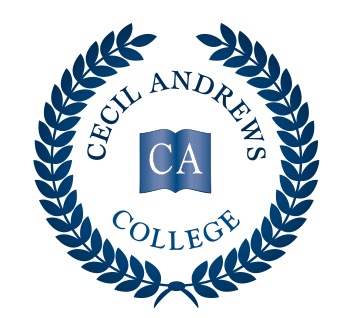Design & Technology
Technology and Enterprise is comprised of a range of subjects that encompass elements from all other subjects and combine them to help students realise real world solutions.
Technologies Learning Area Design is a core objective throughout and allows students to explore their own creative processes. Using current technology students’ control, plan, adapt and build projects and create products that satisfy personal and client needs. Students who are interested in being creative, applying their knowledge, gaining industry skills and pathways to further develop their abilities would most benefit, however all classes cater to individual learning aspirations. Technologies is subdivided into two main subject areas: Design Technologies and Digital Technologies.
Design and Technologies
Design Technology enables students to learn real world skills and knowledge, both in traditional and 21st century technologies. This will equip students with the necessary skills and knowledge to pursue careers in industry through our P-tech partnerships, apprenticeships, TAFE and university pathways.
Knowledge, understanding and skills involved in the design, development and use of technologies are influenced by and can play a role in enriching and transforming societies and our natural, managed and constructed environments. In an increasingly technological and complex world, it is important to develop knowledge and confidence to critically analyse and creatively respond to design challenges and real world issues.
The Design Technologies Curriculum enables students to become creative and responsive designers. They consider ethical, legal, aesthetic and functional factors as well as economic, environmental and social impacts of technological change. They choose and use technologies that contributes to a sustainable future, while developing the knowledge, understanding and skills to become discerning decision-makers.

